An easy lavender hydrosol recipe with only two ingredients! This soothing lavender water can be used in skincare, food, drink, cleaning products and more!
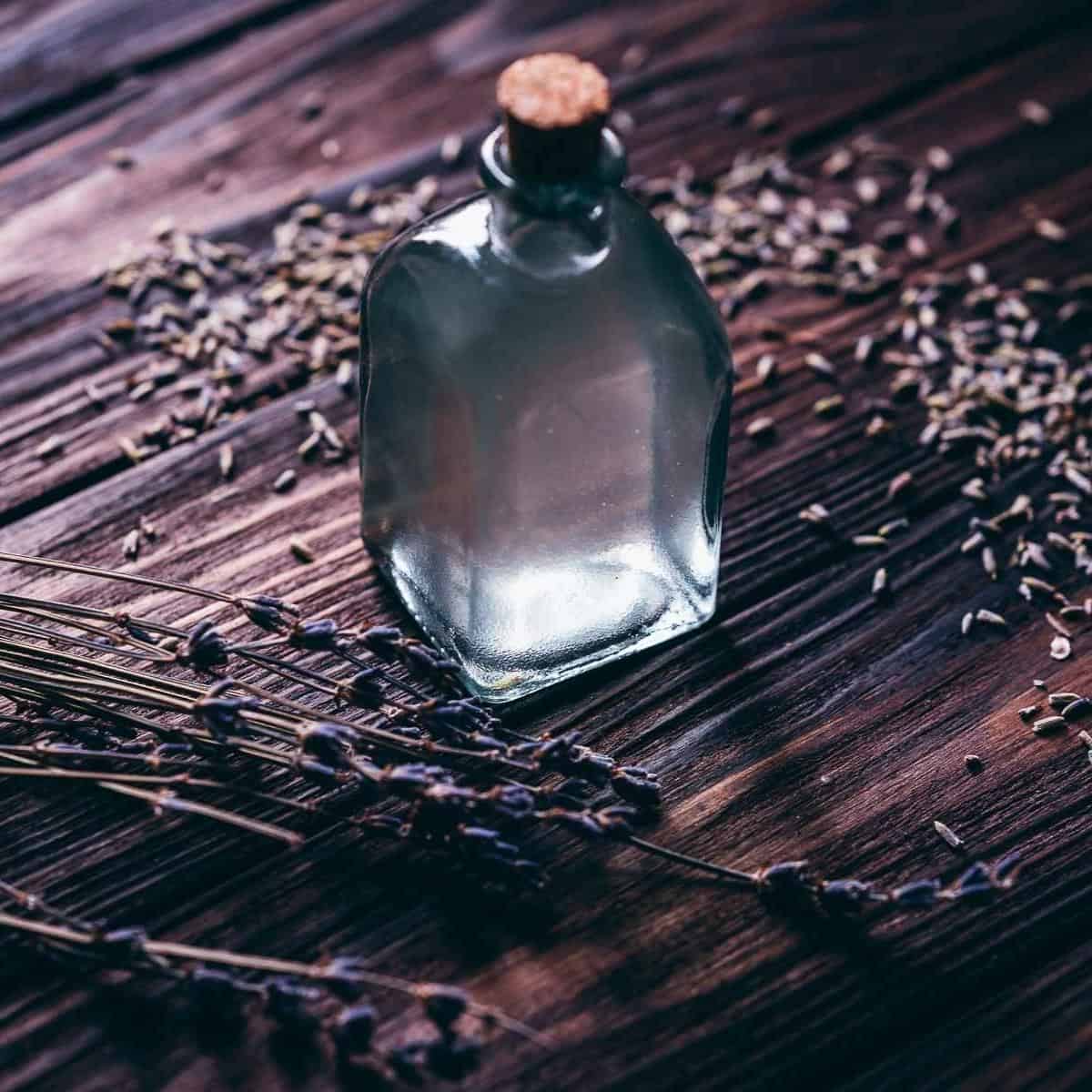
Jump to:
What is a Hydrosol?
A hydrosol is a type of herbal distillate that is produced by steam distilling plant material. Unlike essential oils, which are highly concentrated and can be irritating to the skin, hydrosols are much milder and can be used topically.
Hydrosols can be used in a variety of ways, including as a facial toner, body spray, or hair rinse. They can also be added to bathwater or used in a diffuser to create a relaxing environment. In addition to being gentle and versatile, hydrosols are also relatively inexpensive, making them a great choice for those interested in natural skincare.
Lavender hydrosol is a byproduct of the steam distillation of dried lavender. This process results in a small amount of lavender essential oil being permanently suspended among the water drops.
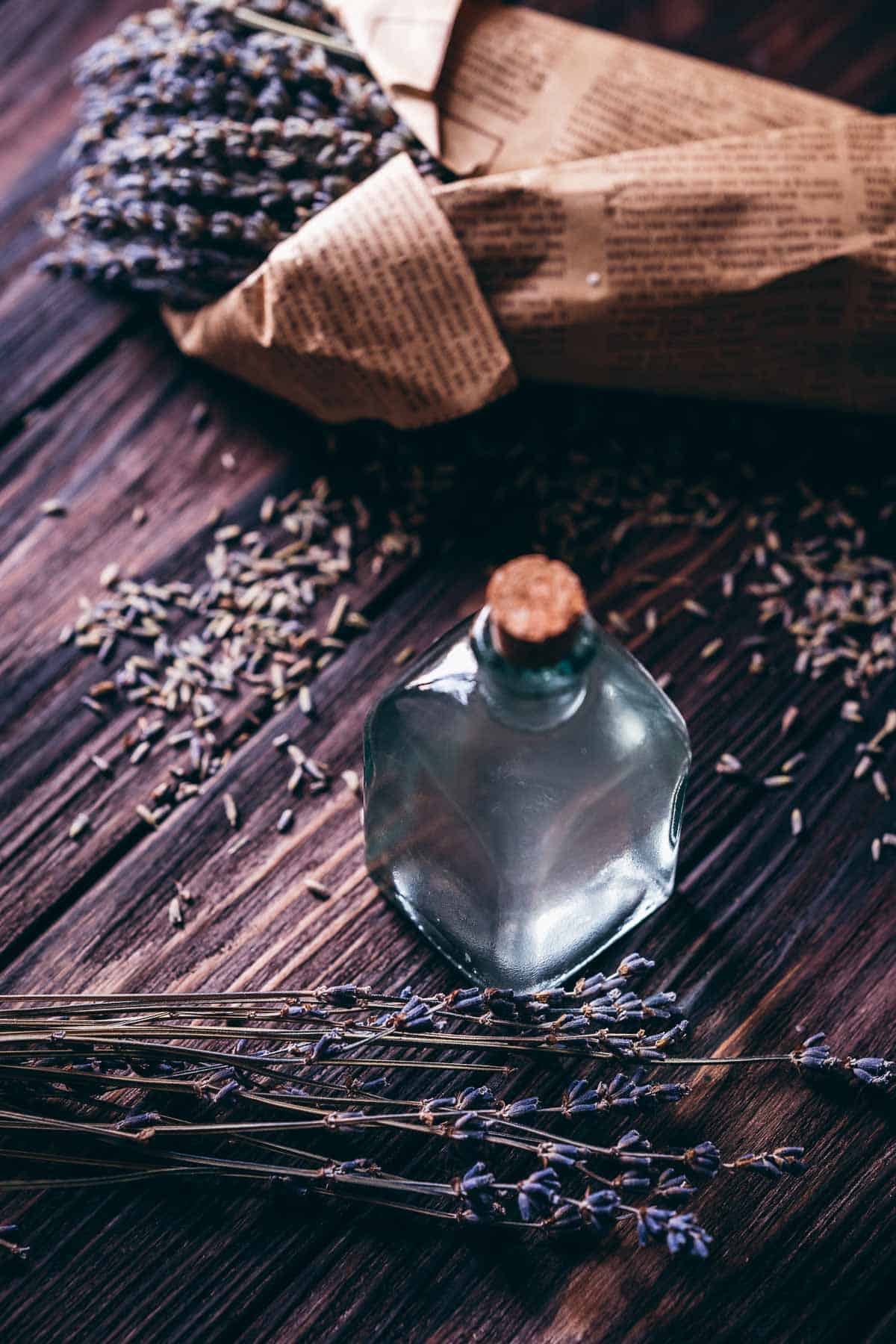
Lavender Hydrosol Benefits
Also known as floral water, lavender hydrosol is an ideal way to bring both the aroma and benefits of the properties of the plant in a simple way. These include the soothing scent, natural antiseptic, cleansing, and insect repellent properties of lavender essential oil. It can be used in everything from aromatherapy to a wide range of personal care, therapeutic, household, workspace, and car care uses.

Lavender Hydrosol Uses
Some of the most popular uses for lavender hydrosol include adding it to laundry loads as a natural fabric softener, using it as an all-natural facial toner spritz, or even using it in the place of water when watering plants.
Lavender hydrosol is especially soothing and calming for skincare conditions such as acne, diaper rash, eczema or even sunburn.
You can also use it to make your own all-natural air freshener by mixing it with distilled water in a spray bottle and spritzing it around your home or as a natural linen spray.
Lavender hydrosol can also bake an interesting addition to cold beverages and baked goods.

Ingredients
Dried Lavender: If you're looking to make your own lavender hydrosol, you'll want to start with high-quality dried lavender. French lavender (Lavandula stoechas) is a good choice, as it has a high essential oil content and produces a hydrosol with a strong lavender scent.
Another option is English lavender (Lavandula angustifolia), which has a softer scent and is less likely to cause skin irritation.
Whichever type of lavender you choose, be sure to select dried flowers that are free from any debris or contaminants.
Distilled Water: Distilled water is water that has been boiled to turn it into vapor, and then the vapor is condensed back into liquid form. This process removes impurities from the water, including minerals, bacteria, and other contaminants.
How to Make Lavender Water

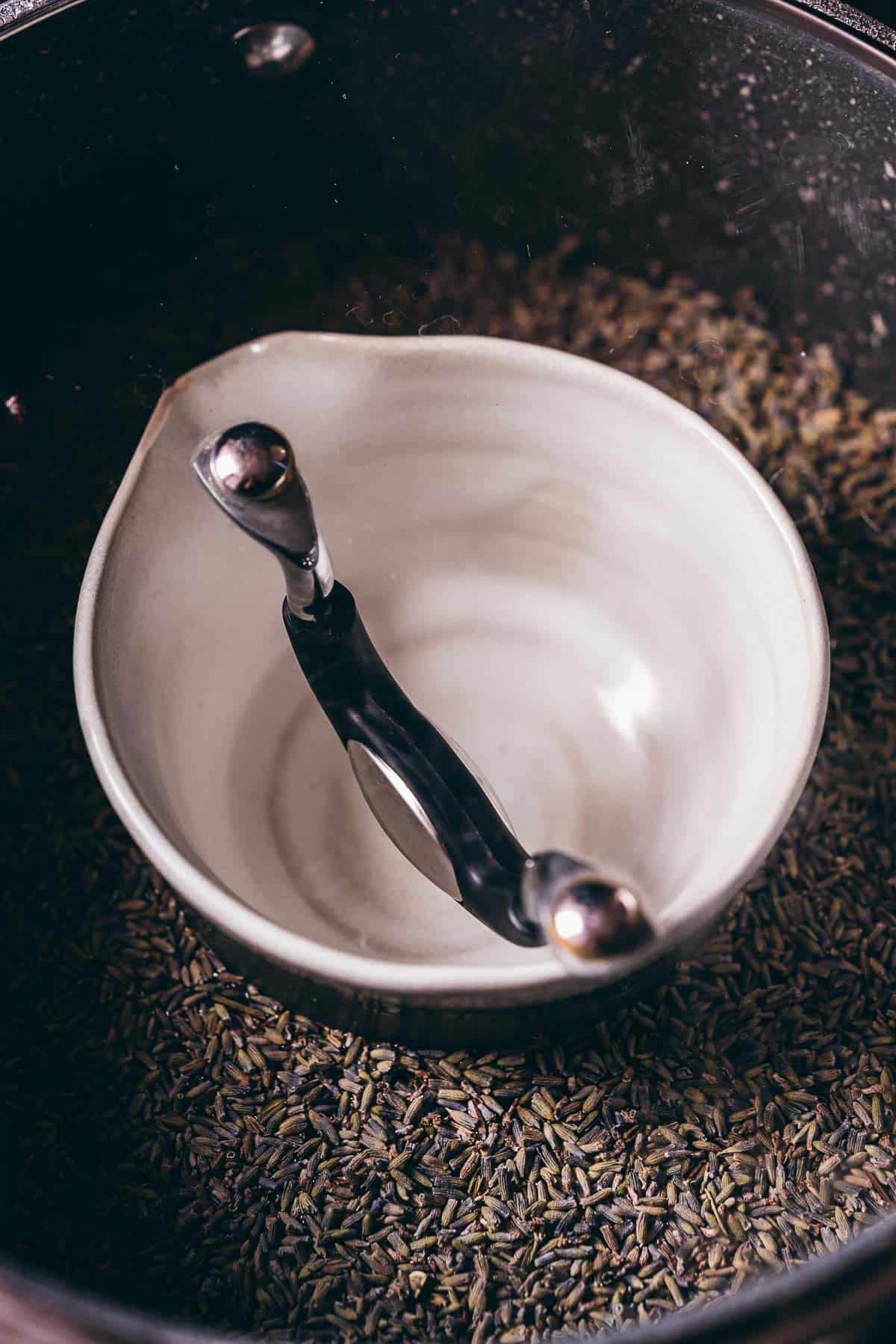
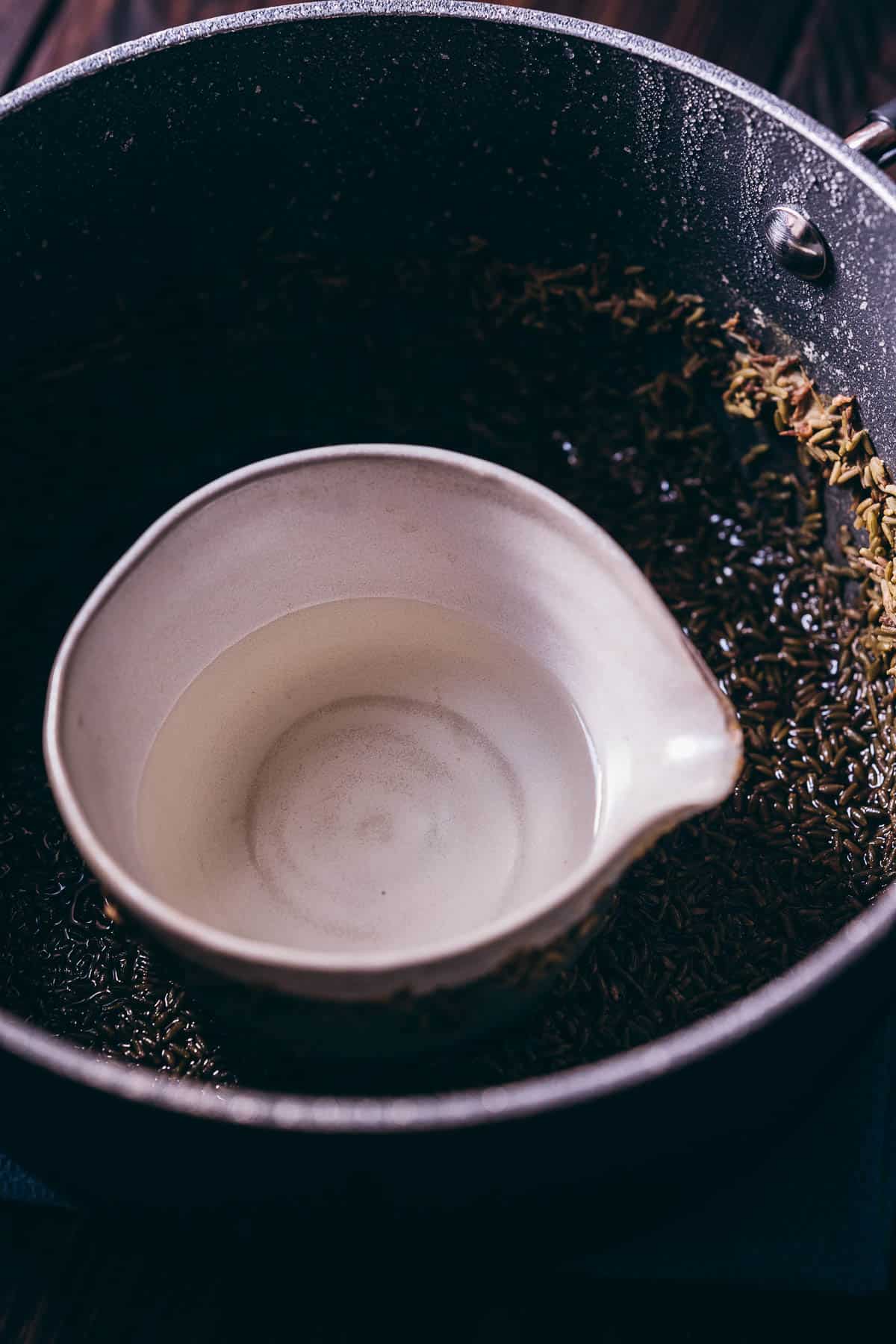


- Place an open jar or heat-proof bowl in the center of the pot with enough room for the lid to turn upside down.
- Add the water and lavender to the jar/bowl and place the pot lid on upside down.
- Bring the water to a boil on high heat while carefully monitoring it. Put a few handfuls of ice on top of the pot cover.
- Simmer for 30 minutes or until all of the original water has evaporated and the lavender hydrosol has collected in your jar/bowl.
- Leave it to cool before putting it to use and funneling into a bottle for storage.
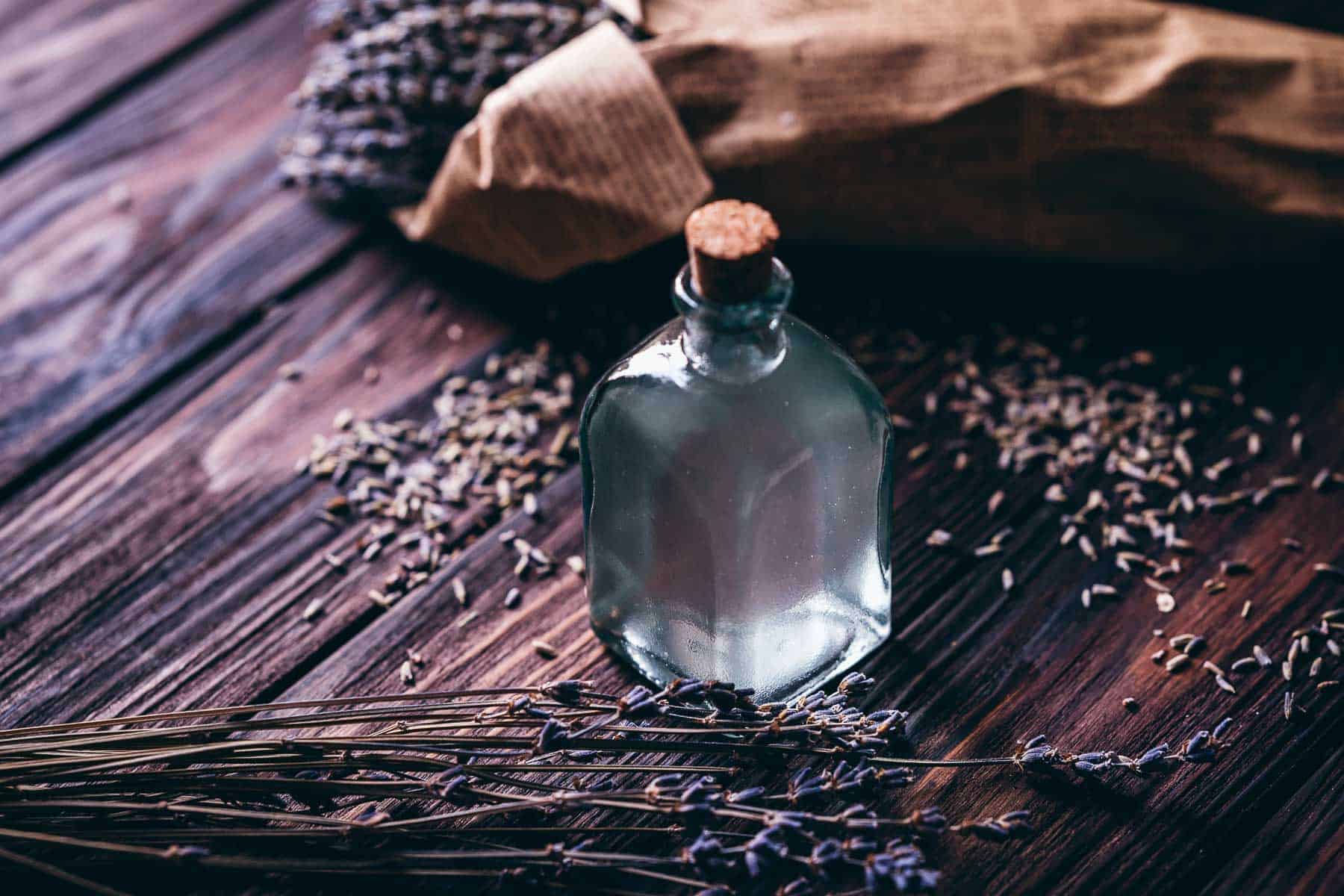
Many people assume that lavender water and lavender hydrosol are the same things, but they are a little different. Lavender water is simply water that has been infused with lavender oil, while hydrosol is a byproduct of the distillation process used to produce essential oils.
As a result, hydrosol contains both water and oil molecules, whereas lavender water only contains water molecules. While both products can be used for cleansing and relaxation, lavender hydrosol is usually considered to be more effective due to its higher concentration of active ingredients.
But in a sense, there’s not a massive difference between lavender hydrosol and lavender water. Both can be used in very similar ways. And people often use the two terms interchangeably.
Because it is a natural product, lavender hydrosol does not contain harmful chemicals or artificial fragrances. Additionally, it is gentle enough to be used on all skin types. When stored properly, lavender hydrosol will last for six to twelve months.
As with any natural product, there may be some slight variation in color or scent over time. However, this does not affect the quality of the hydrosol and it can still be safely used.
With proper care, lavender hydrosol can be enjoyed for many months.
When it comes to storing hydrosol, there are a few things to keep in mind. First of all, it's important to keep hydrosol in a cool, dark place. Exposure to light and heat can cause the delicate chemicals in hydrosol to break down, reducing its shelf life.
Additionally, hydrosol should be stored in a glass or ceramic container with a tight-fitting lid. This will help to prevent evaporation and preserve the quality of the product.
Finally, it's not necessary to refrigerate hydrosol. Room temperature is fine, as long as the hydrosol is kept out of direct sunlight.

You Might Also Like
Lavender Facial Cleansing Grains Recipe
Revitalizing Roll-On Perfume Recipe
Lavender Hydrosol
Equipment
- Large pot
- Heat-proof bowl or jar
Materials
- ½ cup organic dried lavender buds or 1 cup fresh lavender
- 4 cups distilled water
- ice
Instructions
- Place an open jar or heat-proof bowl that will fit in the pot you are using (with room to put the lid on upside down), into the center of the pot.
- Add the water and the lavender around this jar/bowl, then place the pot lid on upside down.
- Bring the water to a boil, then reduce to a simmer. Place a few handfuls of ice on top of the pot lid.
- Simmer for 30 minutes or until nearly all of the original water has evaporated and your jar/bowl has collected the lavender hydrosol.
- Let cool before storing and using. Enjoy!




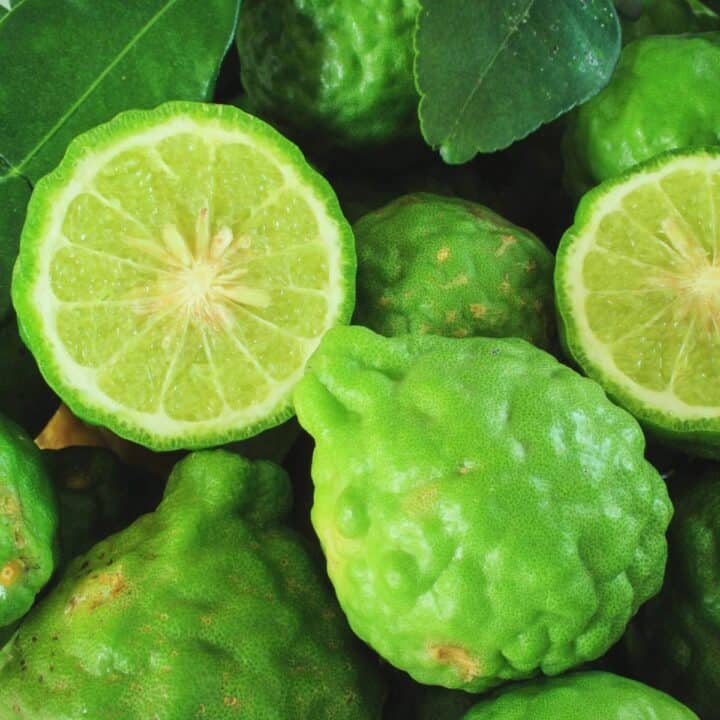
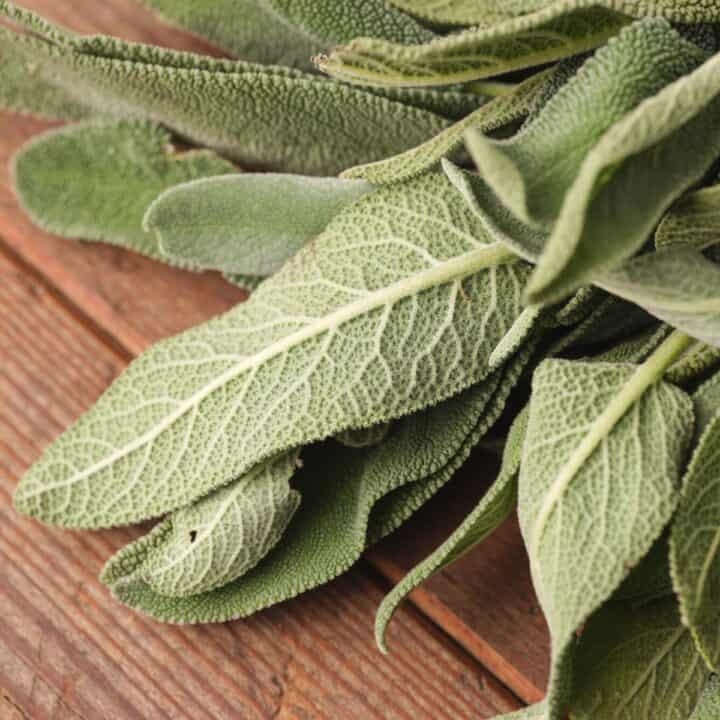
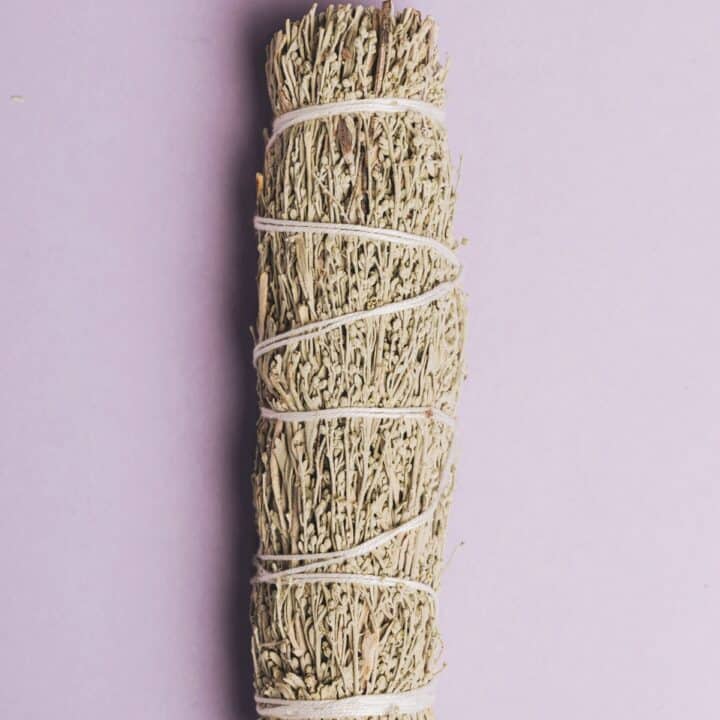

Comments
No Comments